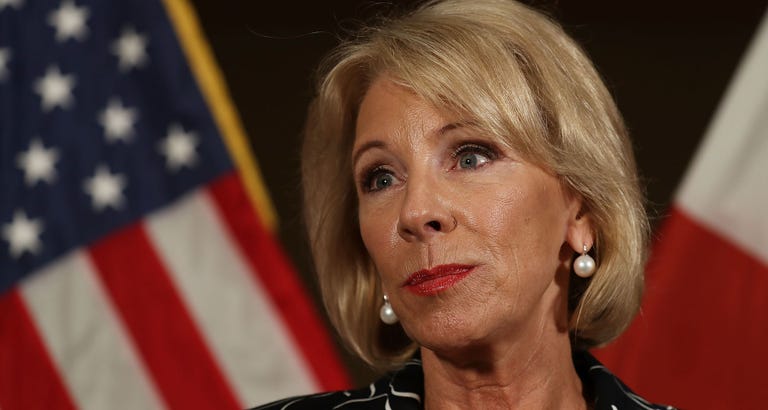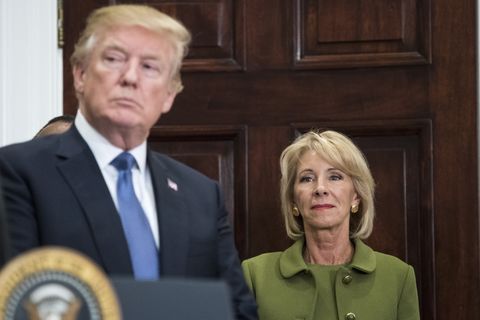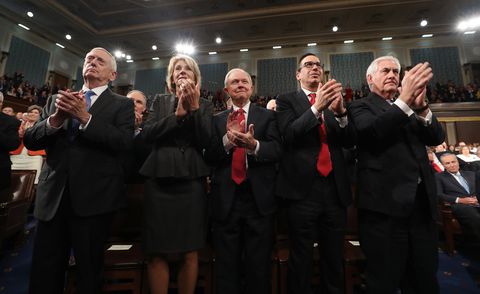CNN
EPA’s proposed repeal will make Americans sicker
By Harold P. Wimmer and Stephen C. Crane March 13, 2018
Source: CNN
(CNN) Right now, the Environmental Protection Agency is in the midst of a process to repeal the Clean Power Plan, adopted in 2015 as the first national strategy to reduce carbon pollution from existing power plants. Taking steps to reduce carbon pollution, as outlined in the Clean Power Plan, not only limits this major driver of climate change, but reduces other toxic air pollution from power plants at the same time.
The EPA’s analysis that was published to support the proposed repeal outlines a flawed approach to evaluating the risks of pollution — specifically particulate matter, which is a mix of very tiny particles emitted into the air. When inhaled, this pollution can cause asthma attacks, lung cancer and even early death.
The EPA has cherry-picked data to conceal the true health costs of air pollution. Its revised calculations diminish and devalue the harm that comes from breathing particulate matter, suggesting that below certain levels, it is not harmful to human health. This is wrong.
The fact is: There is no known safe threshold for particulate matter. According to scores of medical experts and organizations like the World Health Organization, particle pollution harms health even at very low concentrations. Attempting to undercut such clear evidence shows the lengths the EPA, and by extension the Trump administration, will go to reject science-based policy that protects Americans’ health.
The EPA’s attempts to argue the contrary come as more medical reports affirm that climate change, at large, remains an increasingly dire threat to human health.The Clean Power Plan would result in significant reductions in carbon dioxide, which drives climate change, and an array of other dangerous pollutants, including particle pollution.
Across the globe, there is a resounding consensus among the health and medical community that climate change is already harming human health. This isn’t just a matter of seeing the looming future disaster; human health is suffering now as a result of damage to our climate caused by human activity — and some people are paying the ultimate price.
EPA cuts could risk a public health emergency
Health and medical professionals nationwide are seeing the effects of climate change on their patients. As far back as 2014, an American Thoracic Society survey of physicians found that 89% of respondents said climate change is happening, and 77% said they have seen increases in chronic disease severity from air pollution in their patients.
The EPA’s own analysis finds that repealing the Clean Power Plan could result in up to 4,500 premature deaths every year in the United States. How is this deadly outcome acceptable to President Donald Trump and EPA Administrator Scott Pruitt, whose agency’s mission is to protect public health and the environment?
The EPA has a special responsibility to protect those who are most vulnerable, including children, the elderly and people with respiratory diseases — not increase their suffering. Instead, with the proposed Clean Power Plan repeal, the EPA appears to be granting power plants a license to pollute, at the expense of Americans’ health.
Simply put, America will measure the cost of repealing the Clean Power Plan in asthma attacks, emergency room visits and premature deaths that should have been and can still be avoided.
Unfortunately, the EPA has demonstrated its willingness to manipulate scientific evidence in such a way that benefits polluting industries, despite the negative consequences to Americans’ health. With relentless pressure from these industries to block, weaken or delay clean air safeguards, it is unlikely this will be the last time it tries this.
For the public, our doctors and our patients, the urgency of this issue cannot be emphasized enough. We urge the EPA to stand up for the health of all Americans and enforce, rather than repeal, the Clean Power Plan.
Harold P. Wimmer is the national president and CEO of the American Lung Association. Stephen C. Crane, Ph.D., MPH is the executive director of the American Thoracic Society. The views expressed in this commentary are their own.

 The more highly processed foods you eat, the higher your risk of
The more highly processed foods you eat, the higher your risk of  The U.S. Environmental Protection Agency (EPA) will consider allowing the bee-killing pesticide thiamethoxam to be sprayed on the most widely grown crops in the U.S. The
The U.S. Environmental Protection Agency (EPA) will consider allowing the bee-killing pesticide thiamethoxam to be sprayed on the most widely grown crops in the U.S. The  Western bumblebee by Steve Amus, USDA.
Western bumblebee by Steve Amus, USDA. The EPA will review a proposal to spray a bee-killing pesticide that works by attacking the bee’s central nervous system. NICOLAS TUCAT/AFP/GETTY IMAGES
The EPA will review a proposal to spray a bee-killing pesticide that works by attacking the bee’s central nervous system. NICOLAS TUCAT/AFP/GETTY IMAGES



 A traffic jam fills Interstate 880 in Milpitas in November. A new report says there is “no convincing alternative explanation” for climate change other than human activities such as fossil fuel burning. Dai Sugano/Bay Area News Group
A traffic jam fills Interstate 880 in Milpitas in November. A new report says there is “no convincing alternative explanation” for climate change other than human activities such as fossil fuel burning. Dai Sugano/Bay Area News Group